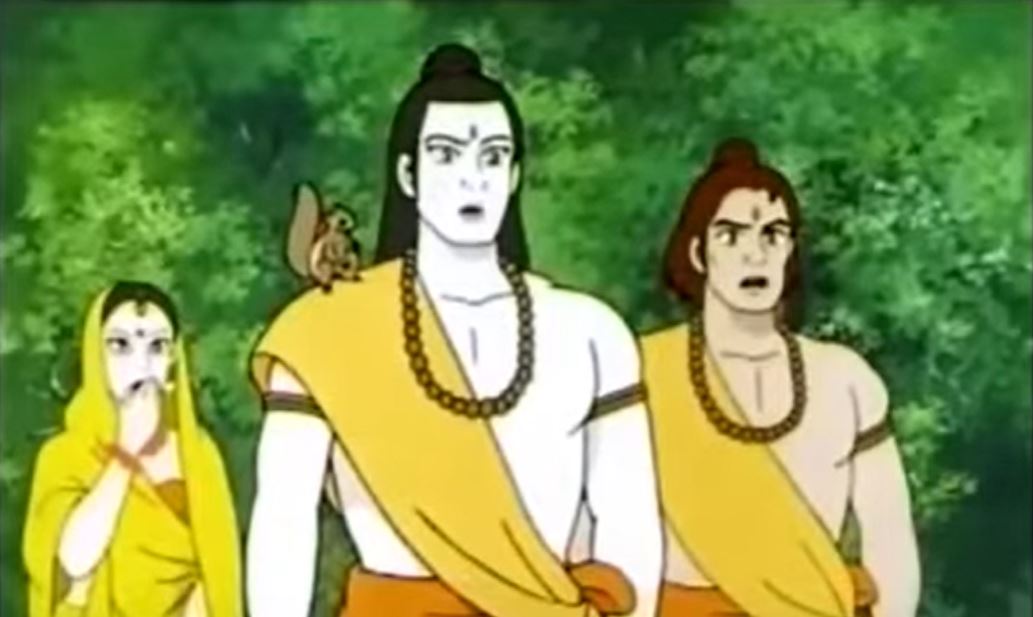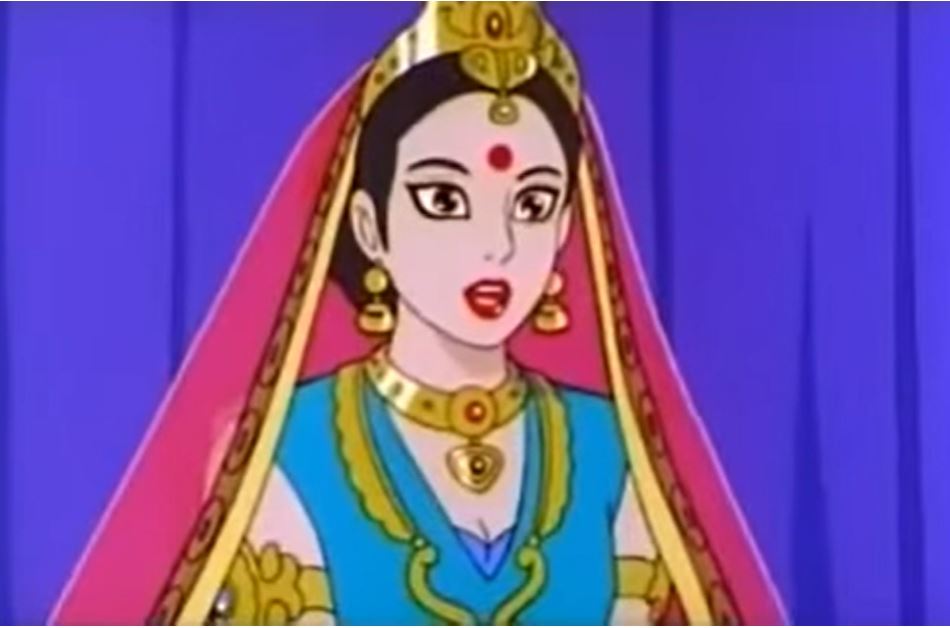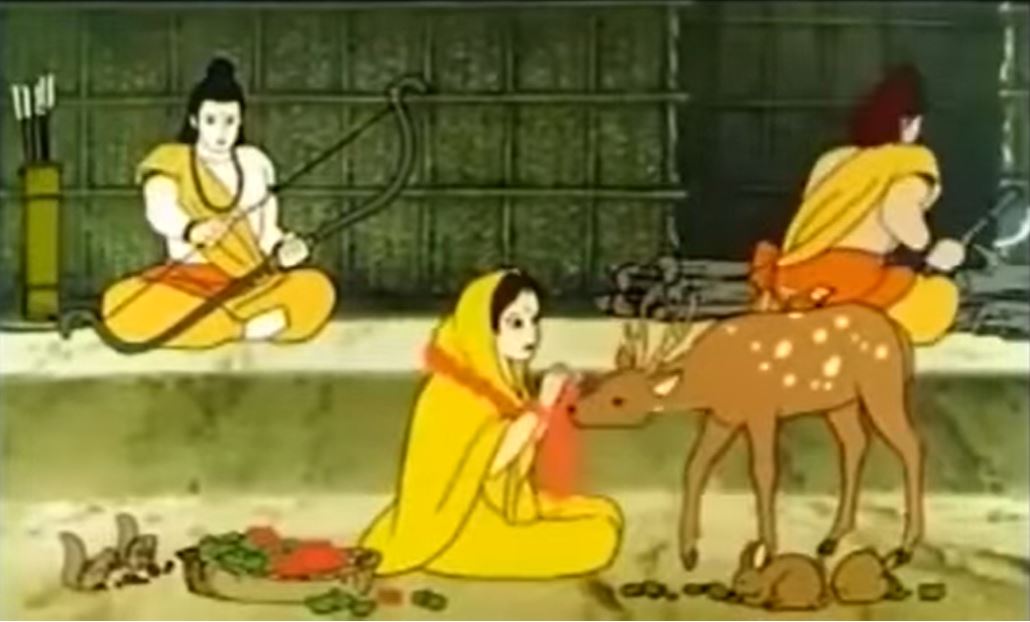Why Ramayana-The Legend Of Lord Rama is this week’s pick
- As the much-anticipated inauguration of the Ram Temple approaches on January 22, the entire nation is immersed in the fervour of devotion and celebration. In sync with this monumental event, we are reviewing 1992 anime film Ramayana: The Legend of Prince Rama this week on Flashback Friday.
New Delhi: ‘Ramayana: The Legend of Prince Rama’ is a 1992 animated film that stands as a unique collaborative effort between Japan and India. Co-produced by Yugo Sako, the film is an adaptation of the ancient Indian epic, Ramayana, directed by Koichi Sasaki and Ram Mohan. With music composed by Vanraj Bhatia, the animated feature faced controversy but eventually found its way to Indian audiences through a Hindi-dubbed version, airing on DD National. Despite the initial bans and disputes, the film emerged as an educational tool for children, offering a visually captivating rendition of the timeless Ramayana saga.
At its core, ‘Ramayana: The Legend of Prince Rama’ narrates the timeless epic of Ramayana. Embark on a cinematic journey through the pages of the Ramayana, a timeless narrative that resonates with themes of virtue, loyalty, and the triumph of good over evil. The film weaves a tapestry of mythic realms, following Prince Rama, the seventh avatar of Lord Vishnu, in his quest to rescue his abducted wife, Sita, from the clutches of the demon king, Ravana. From Rama’s exile to the mystical forest to the epic battle against the formidable Ravana, every frame is meticulously crafted to capture the essence of this ancient tale.
The Hindi-dubbed version of the film featured notable voice actors who lent their voices to bring the characters to life. Arun Govil, who gained fame for portraying Lord Rama in the 1987 television series “Ramayan,” reprised his role as the voice of Rama. Other notable actors included Amrish Puri as Ravana, Shatrughan Sinha as the narrator. The stellar voice cast added authenticity to the characters and made the film more accessible to Indian audiences.
‘Ramayana: The Legend of Prince Rama’ faced controversies, particularly in India, during the Babri Masjid riots. The film was initially banned due to concerns about potential religious sensitivities and the portrayal of revered figures. However, the ban was later lifted, and the film was dubbed in Hindi, making it accessible to a wider audience. The controversies surrounding the film sparked debates about artistic freedom, cultural representation, and the delicate balance between respecting religious sentiments and creative expression.
Beyond the debates, ‘Ramayana: The Legend of Prince Rama’ emerged as a beacon of light for children seeking to understand the depths of the Ramayana. The mesmerizing visuals and engaging storytelling served as an invaluable educational tool, presenting the epic in a format that was not just informative but also entertaining. The film became a bridge between generations, preserving cultural heritage and ensuring that the legacy of the Ramayana continued to captivate the imagination of young minds.
‘Ramayana: The Legend of Prince Rama’ is an apt choice due to its historical significance and the impact it had on the cultural landscape. The film managed to overcome obstacles and contribute to the preservation and dissemination of one of India’s most revered epics. Its blend of traditional storytelling and innovative animation techniques makes it a timeless piece that continues to be relevant, deserving a revisit on Flashback Friday.




